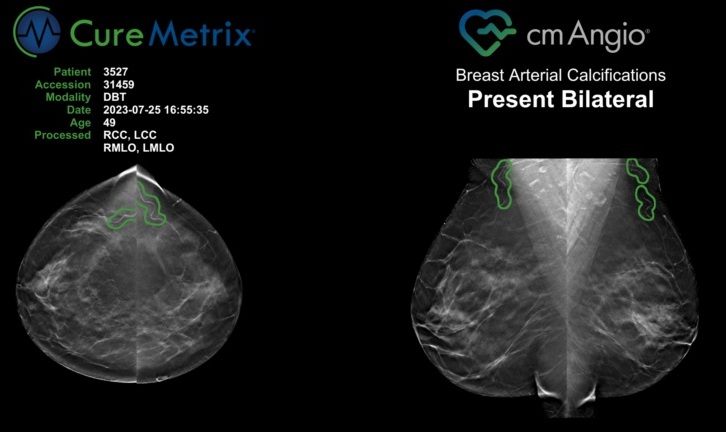AI System Confirms Tracheal Tube Position on Chest X-Rays
Posted on 15 Sep 2023
Timely and accurate evaluation of chest X-rays to check the placement of endotracheal tubes (ETTs) is crucial for making immediate adjustments if required. A deep learning (DL)-powered artificial intelligence (AI) system has been found to be effective in detecting incorrectly positioned ETTs from chest X-rays taken right after the ETT was inserted or after admission to the ICU.
Researchers at Seoul National University Hospital (Seoul, Korea) conducted a study to evaluate the performance of a commercial DL-based AI system from Lunit (Seoul, Korea) for assessing the presence and placement of ETTs on chest X-rays. They examined three separate patient samples from two different medical centers. The first sample comprised 539 chest X-rays from 505 patients (293 males and 212 females, average age 63) taken immediately after ETT placement between January and March 2020 at institution A. The second sample involved 637 X-rays from 304 ICU patients (158 males and 147 females, average age 63) at the same institution, taken from January 1 to January 3, 2020. The third sample consisted of 546 X-rays from 83 ICU patients (54 males and 29 females, average age 70) at institution B, taken from January 1 to January 20, 2020.

Lunit’s commercial DL-based AI system was used to both detect the presence of the ETT and measure the distance from the tip of the ETT to the carina (TCD). Human readers set the standard for proper ETT placement as a TCD between 3 cm and 7 cm. A "critical" ETT placement was separately categorized as either an ETT tip located below the carina or a TCD equal to or less than 1 cm. Remarkably, the AI system exhibited a sensitivity range of 99.2–100% in identifying ETT presence and a specificity range of 94.5–98.7% across all three patient samples from the two institutions. For improper ETT positioning, it showed a sensitivity of 72.5–83.7% and specificity of 92.0–100%. For detecting critical ETT positioning, the system achieved 100% sensitivity in all samples and a specificity range of 96.7–100%.
“Automated AI identification of improper ETT position on chest radiograph may allow earlier repositioning and thereby reduce complications,” stated Eui Jin Hwang, MD, PhD, from the department of radiology at the Seoul National University Hospital.
Related Links:
Lunit
Seoul National University Hospital














